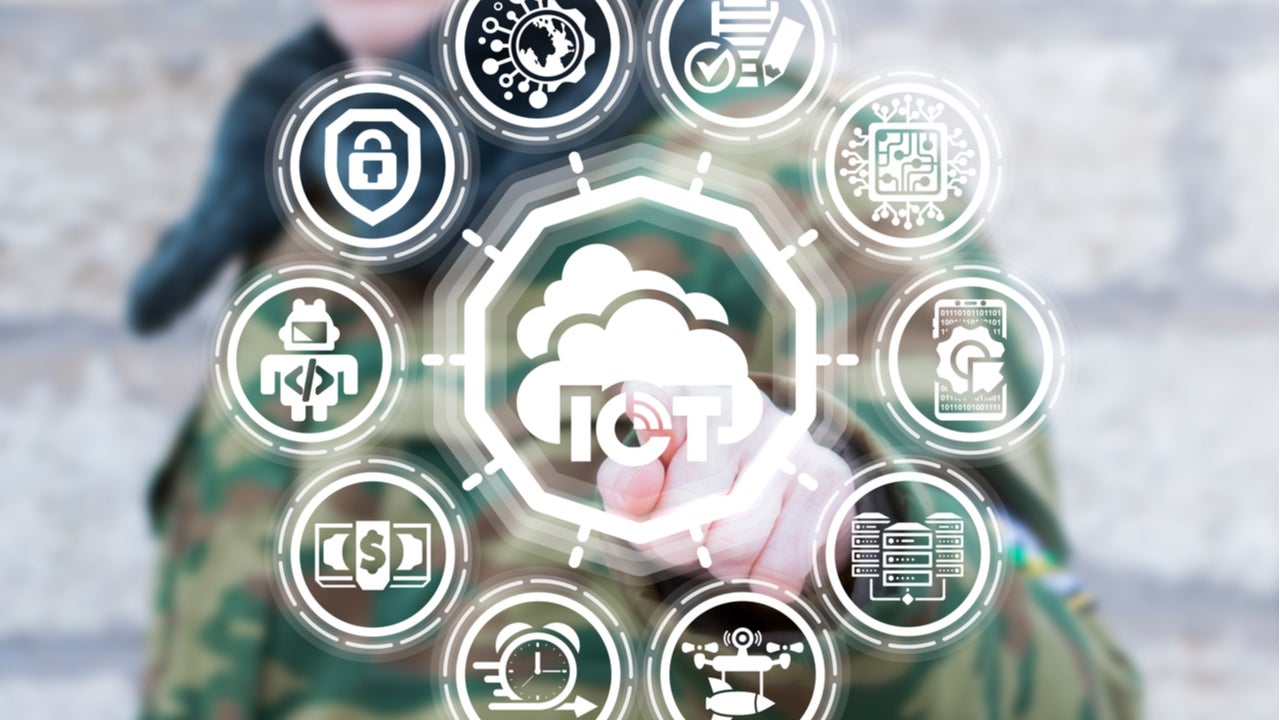Defence had started building its cloud computing infrastructure almost a decade ago, with the US Armed Forces being at the forefront of the modernisation effort. Data would be available both to the combat and non-combat organisations within a military structure. The private sector has paved the way in cloud computing and the ministries of defence have benefited from the available solutions.
Defence Trends
Listed below are the key defence trends impacting the cloud in defence theme, as identified by GlobalData.
Mobility
Mobility is survivability in modern warfare. Mechanised, armoured, air mobile, and expeditionary units have to be in constant motion in the deployment and operational phases to survive and win a battle. This is critical especially when the opponent is a near-peer force, with advanced C4ISR capabilities, that allow the detection and engagement of friendly forces.
Therefore, edge systems providing cloud capabilities to the warfighters or cloud at a tactical level, have to be highly mobile. That is directly related to the characteristics of the telecommunications infrastructure available in every service. Any plan on combat edge cloud computing shall first address any obstacles in telecommunications.
Hiding in the EW spectrum
Information Technology (IT) systems emit electromagnetic signals. The higher the volume of those signals, the more likely is for the target to be attacked. Vessels, aircraft, other major platforms and most importantly Command Posts must be able to continue operating without disruptions, but also hide from enemy surveillance. The best approach is to hide in the ambient noise. That is the electromagnetic noise that already exists in the field.
The US Army addresses that issue by using wireless fidelity (WiFi) at Command Posts and for the future it looks into light fidelity (LiFi), which is based on light-emitting diode (LED) light to transmit data between the different IT teams within a CP.
Security
Security in defence is of critical importance due to the sensitivity and importance of the data that can be stored on clouds. However, security in contested environments, such as the battlefield, is different for a number of reasons. Most important for them is the lack of fixed infrastructure, and as a result, forces rely on various wavelengths to transmit data. That gives the opponent the ability not only to intercept and gain access to the data, but to jam and interrupt the transmission.
Standardisation
Military forces need to develop the necessary suites, mission command systems and applications that will allow them unobstructed exchanges of information. However, that can be a slow and costly process, as communication protocols are evolving to include the latest developments.
In addition, the cost of upgrading communication infrastructure in major platforms is expensive and requires time, especially when this ability has not been taken into consideration during the initial design. Therefore, military forces have to wait for the replacement of such platforms, in order to acquire newer designs with advanced telecommunication and C2 suites.
Localisation
Due to data security concerns, military organisations initially developed their own cloud solutions on infrastructure that would be under their physical surveillance and control. That was also related to the lack of geographical spread of data centres from the service providers. Once the latter invested in building data centres within the borders of the customer, the expansion of cloud computing became faster.
Allied operations
Expanding the use of cloud computing on the tactical level will create coordination issues between allied forces. Therefore, the latter should expand their cooperation in the establishment of common interfaces and approaches and resolve any accessibility issues that arise from technical specifications in their C4 systems and from the operational approaches, to reassure the effectiveness of their actions.
Onboard data analysis
With data becoming the core of cloud computing, we should expect an increase in the requirement for data analysis from the sensors. In other words, the sensors or the platforms integrating it will have to carry out part of the total analysis onboard, before transmitting it to other C2 nodes, where other users will acquire it to carry out further analysis, fit for the task.
Virtualisation
When it comes to the sharing of data between a modern and a legacy platform, multi-core processors and virtualisation can help run old and new codes, and at the same time they can provide separation for security reasons between the different functions.
SWaP-C (Size, Weight, Power and Cost)
SWaP-C remains a key element in the designs of systems and subsystems. The increase in data volume will increase the size and weight of systems and platforms, it will increase their computational power, and therefore the requirements for cooling and power. All these will come at a cost to the end-user.
This is an edited extract from the Cloud Computing in Defense – Thematic Research report produced by GlobalData Thematic Research.





